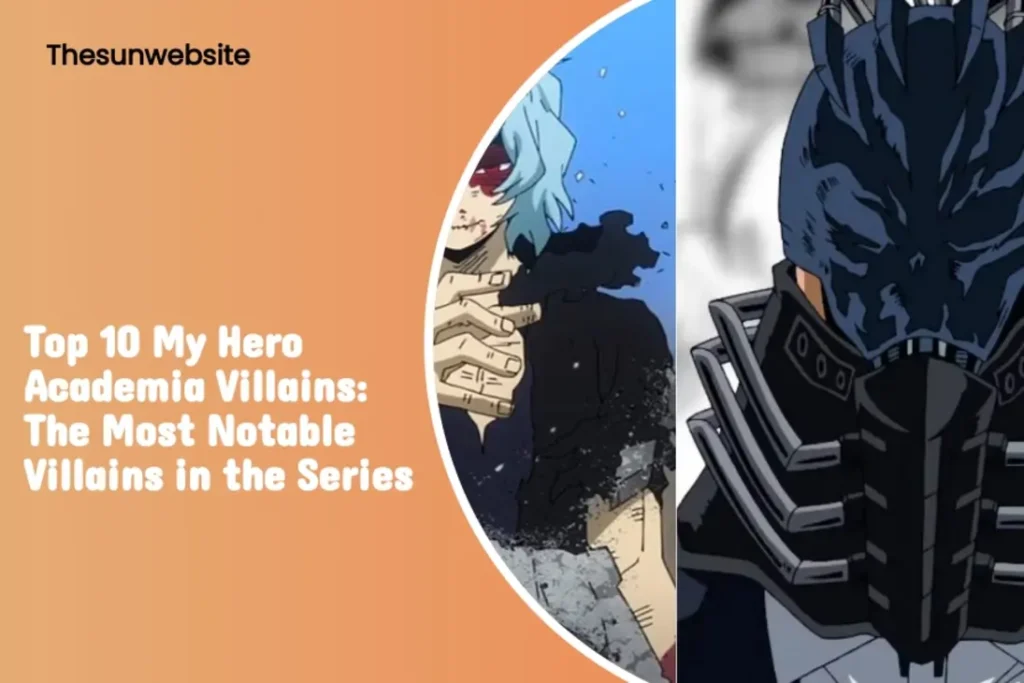Enter the intriguing realm of My Hero Academia with Thesunwebsite as we explore the enigmatic My Hero Academia Villains. This compelling faction, from the powerful Tomura Shigaraki to the mysterious Dabi, challenges the notion of heroism and delves into themes of power, identity, and societal critique. Join us as we uncover the motivations and impact of these notorious figures, offering a fresh perspective on the complex world of heroes and villains in My Hero Academia.
The League of Villains: Understanding Their Threat Level
In the vibrant universe of “My Hero Academia,” the League of Villains stands as a formidable challenge to the system of heroes. Unlike traditional villains that band together for power, this league forms on beliefs, discontent with societal rules, making them more than just adversaries—they’re an integral critique of the society they oppose. At the forefront, the menacing Tomura Shigaraki utilizes his Decay quirk not just as a weapon but as a symbol of destruction aimed at the heart of hero society. His evolution is a strategic dance through the shadows, a journey mirroring a hero’s, but steeped in darkness.
Tomura Shigaraki: Decay Quirk’s Impact on Hero Society
Tomura Shigaraki emerges not just as a villain but as an embodiment of the deep unrest within their world. His Decay quirk is an ever-present threat, symbolizing a much larger narrative of obliteration and change. Throughout the series, Shigaraki grows from a chaotic element into a calculated strategist, and this progression demands attention and fear in equal measure. Unlike the static villainy seen elsewhere, Shigaraki’s character arc provides a compelling narrative examination of hero society’s present and future.
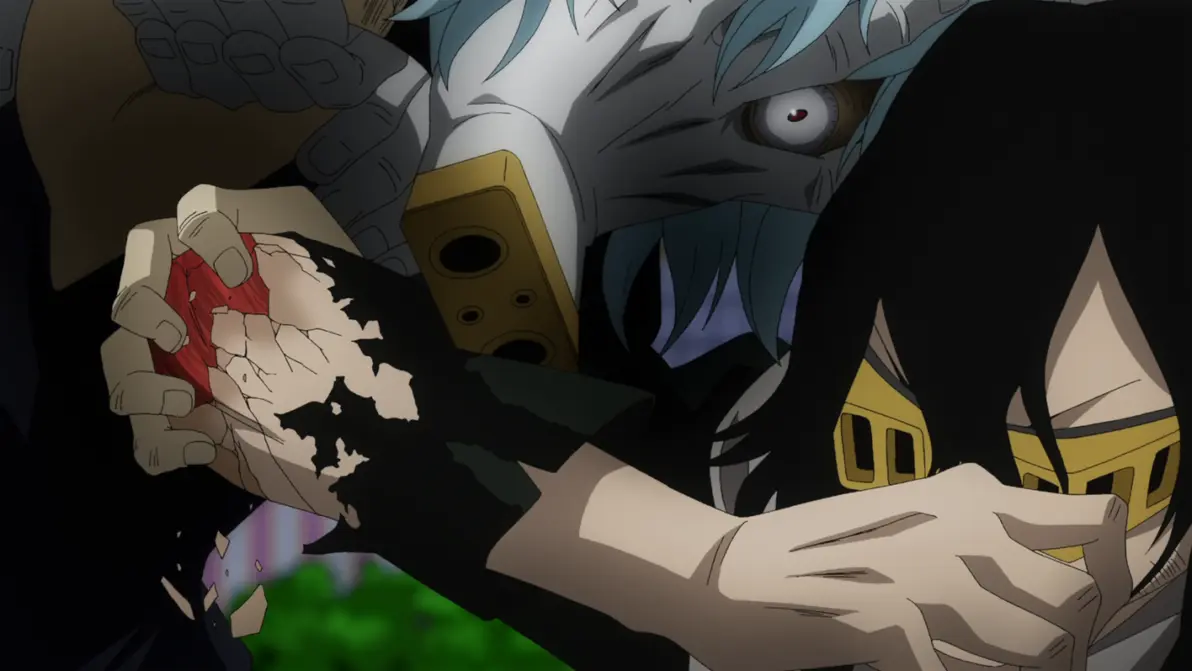
Dabi: A Tragic Pyromaniac
With a fiery nature both literal and figurative, Dabi is a character fueled by internal storms and external conflicts. His flames are not merely powers to incite chaos—they’re a fiery testament to familial rejection and societal failure, offering rich thematic undertones. As he continues his quest for vengeance, viewers are drawn to recontemplate the notion of villainy. Is it truly evil, or is it a misunderstood cry for recognition in a flawed society?
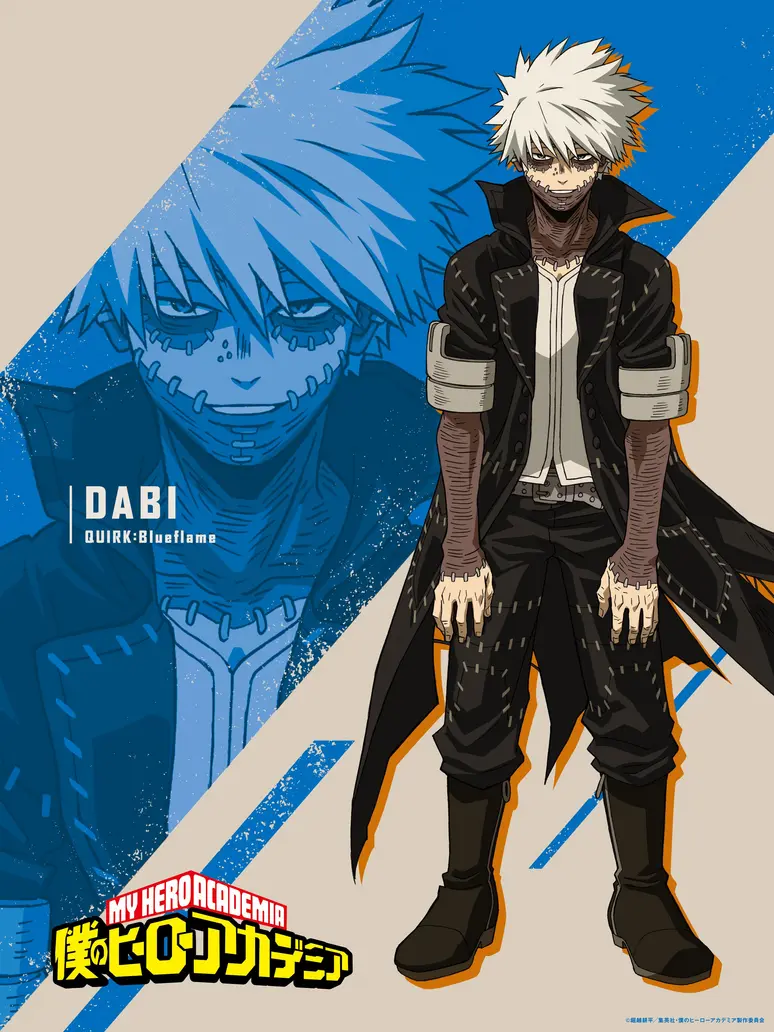
All For One: The Quintessential Villain Powerhouse
Holding dominion over the fates of many is All For One, the archetype of villainous power in “My Hero Academia.” With a quirk that allows him to steal and bestow abilities, his character is a grand chess master of villainy. His mentorship of Tomura Shigaraki illustrates the careful cultivation of chaos within the narrative, setting him as a linchpin in the league’s overarching strategy to dismantle hero society.
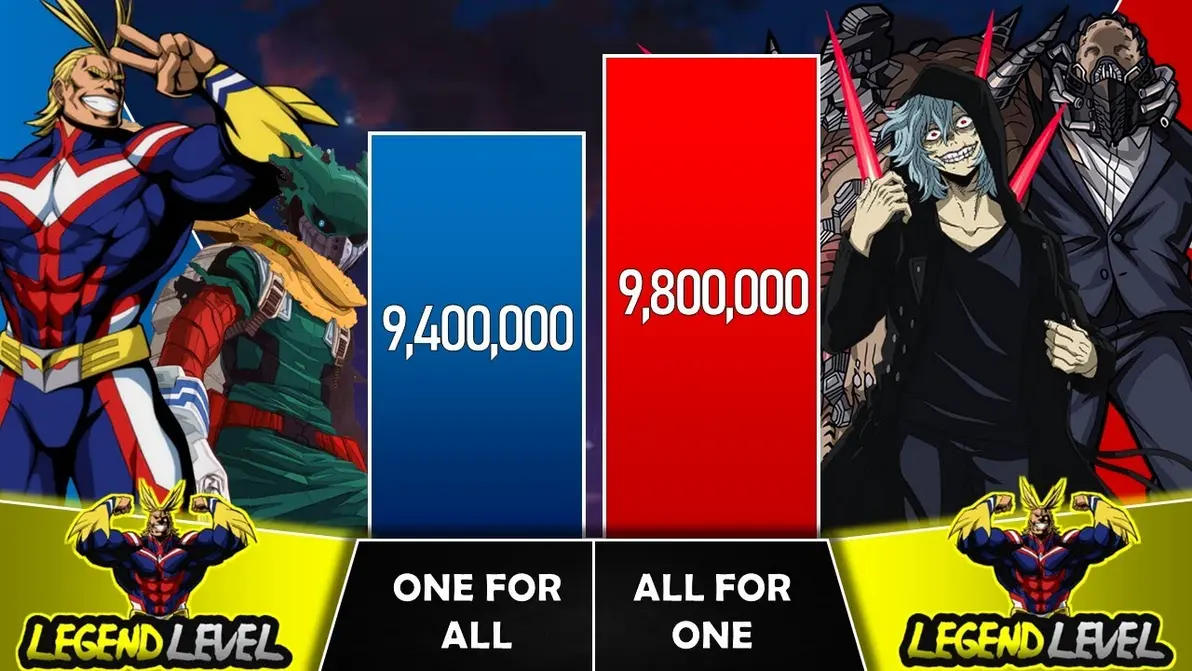
Visualizing the League: A Cohesive Force
Beyond their individual powers, the visual and thematic cohesion within the League of Villains amplifies their threat dramatically. Each member’s power and backstory interlock to form a greater narrative synergy, producing an intimidating presence that challenges the very core of “My Hero Academia’s” world. This collectivity makes the league a force not constructed just of individuals, but of shared ideals and goals united against common foes.
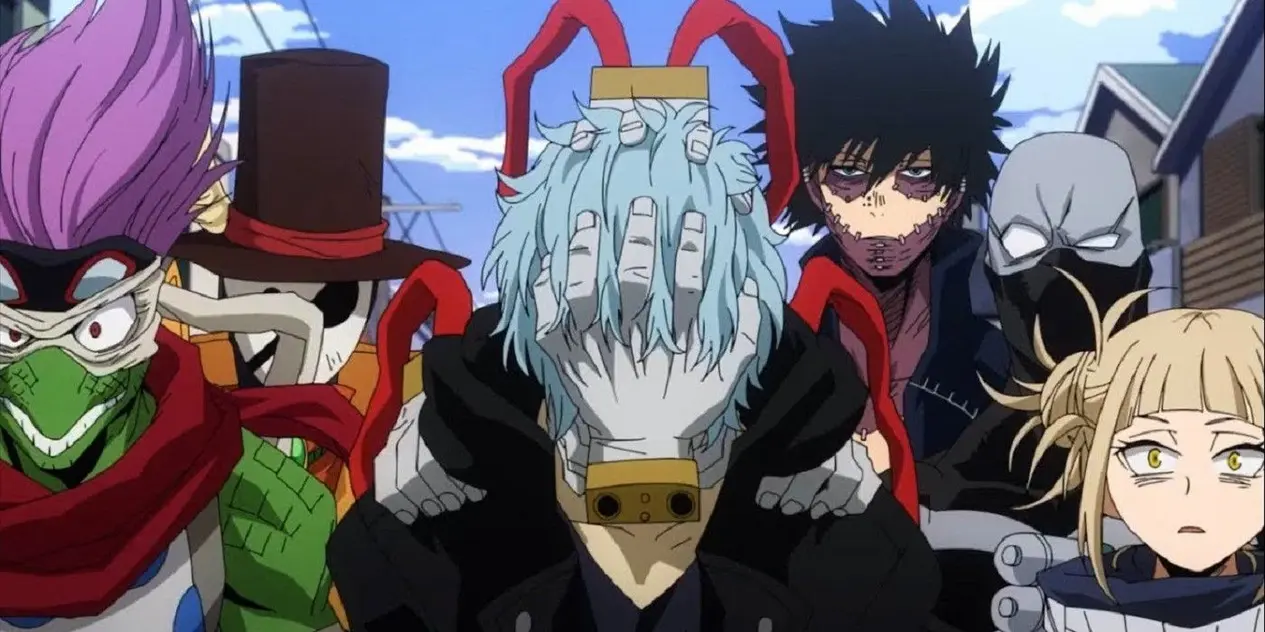
Infernal Intentions: The Complexity of Dabi’s Fire
Dabi’s journey is defined by a complex weave of infernal intentions and heartfelt motivations, wrapped in personal vendetta and deeper familial connections. His pyrokinesis not only serves as a tool for destruction but as a narrative device to critique how societal recognition is deeply flawed, reflecting broader societal issues that resonate beyond the anime.
Family Ties and Personal Motivations
Dabi’s motivations reveal a critical dimension: a burning need for acknowledgment from his lineage, primarily the Todoroki family. This element of his character ties into a stunning narrative arc that showcases multi-generational conflicts, urging the audience to consider the personal overtones that drive each action. The emotional weight carried by Dabi ultimately humanizes his villainous persona, prompting viewers to reflect on what truly defines a hero versus a villain.
Conclusion
In conclusion, the My Hero Academia Villains are integral to the series’ rich narrative, offering a deeper exploration of moral ambiguity and the complexities of power. Their motivations challenge traditional notions of heroism, making them as essential to the story as the heroes themselves. For a more in-depth look at these characters and their impact, visit thesunwebsite.com for ongoing analyses and insights into the world of My Hero Academia.

